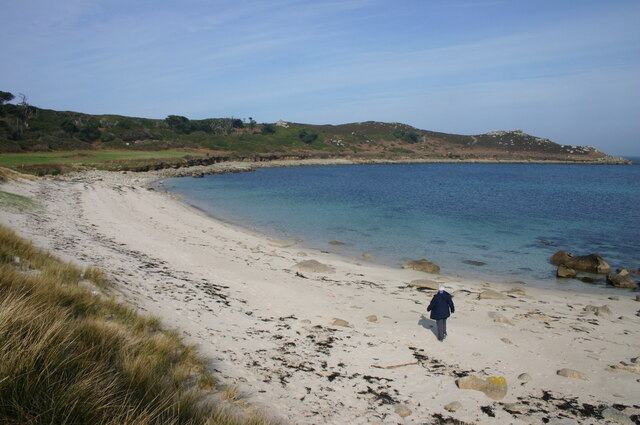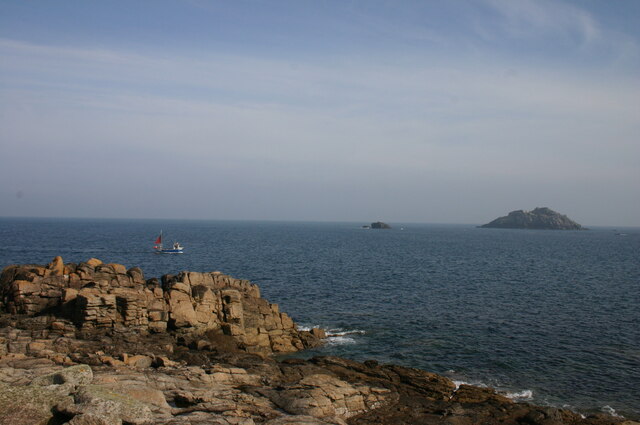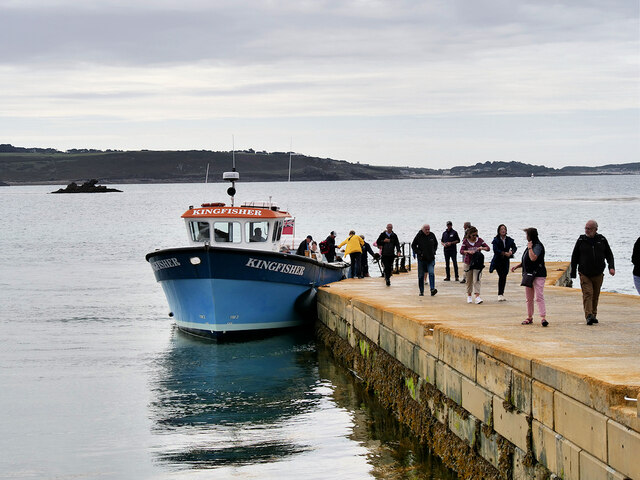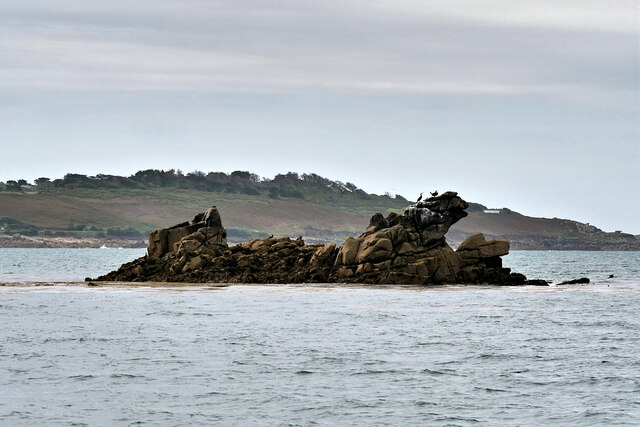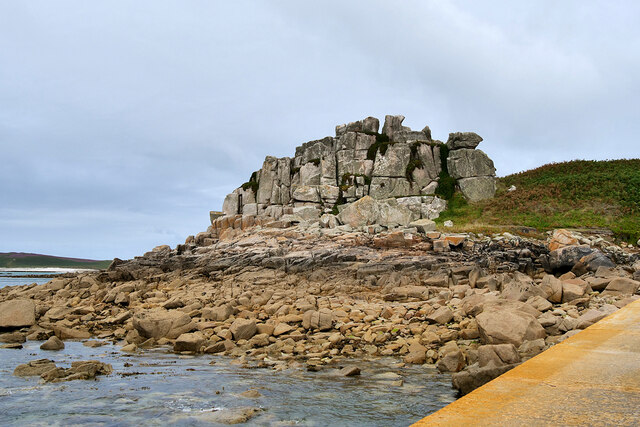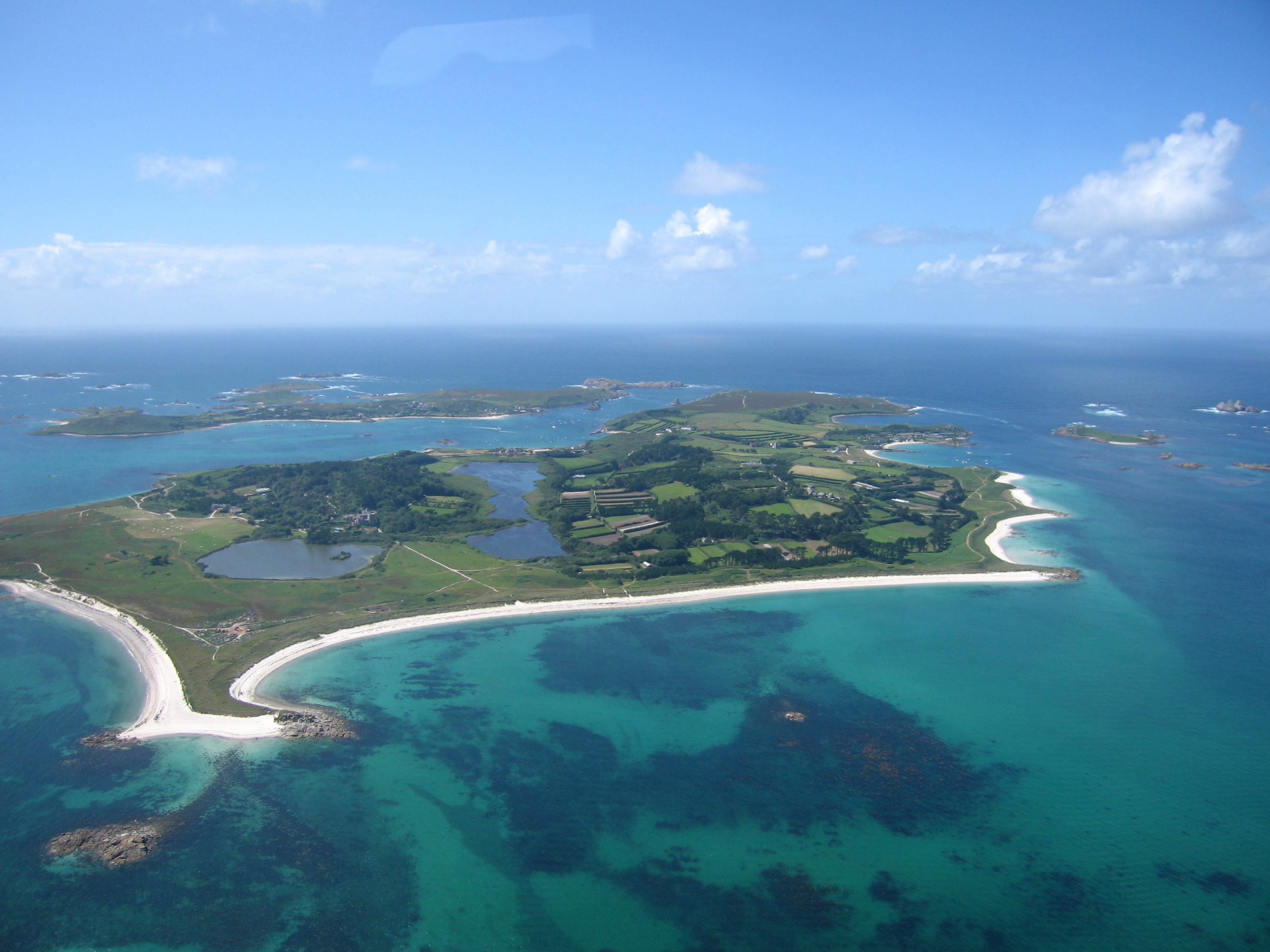Middle Down
Downs, Moorland in Cornwall
England
Middle Down

Middle Down is a scenic area located in Cornwall, England. Situated in the southwestern part of the county, Middle Down is a combination of downs and moorland, offering a diverse landscape for visitors to explore.
The downs in Middle Down are characterized by their rolling hills and grassy expanses. These open spaces provide breathtaking views of the surrounding countryside and are ideal for walking, picnicking, or simply appreciating the natural beauty. The downs are home to a variety of plant species, including wildflowers and grasses, adding a splash of color to the landscape.
Adjacent to the downs, the moorland in Middle Down adds a different dimension to the area. Here, visitors can experience a more rugged and wild terrain, with scattered rocky outcrops and heather-covered hills. Moorland wildlife is abundant, with species such as ponies, sheep, and various birds often spotted in the area.
Middle Down is also known for its historical significance. The area is dotted with ancient archaeological sites, including standing stones and burial mounds, providing a glimpse into Cornwall's rich past. Additionally, Middle Down is home to several small villages and hamlets, where visitors can discover charming cottages, local shops, and traditional pubs.
Overall, Middle Down, Cornwall offers a unique blend of downs and moorland, providing a diverse landscape for outdoor enthusiasts and history buffs alike. Its natural beauty, coupled with its historical significance, makes it a must-visit destination for anyone exploring Cornwall.
If you have any feedback on the listing, please let us know in the comments section below.
Middle Down Images
Images are sourced within 2km of 49.953676/-6.3286929 or Grid Reference SV8914. Thanks to Geograph Open Source API. All images are credited.












Middle Down is located at Grid Ref: SV8914 (Lat: 49.953676, Lng: -6.3286929)
Division: Isles of Scilly
Unitary Authority: Isles of Scilly
Police Authority: Devon and Cornwall
What 3 Words
///reclusive.postings.boat. Near Tresco, Isles of Scilly
Nearby Locations
Related Wikis
Tresco, Isles of Scilly
Tresco (Cornish: Enys Skaw, lit. 'island of elder-trees') is the second-biggest island of the Isles of Scilly. It is 297 ha (1.15 sq mi) in area, measuring...
Old Blockhouse
The Old Blockhouse, also known as the Dover Fort, is a 16th-century fortification on the island of Tresco in the Isles of Scilly. It was built between...
St Nicholas's Church, Tresco
St Nicholas's Church, Tresco, is a parish church in the Church of England located in Tresco, Isles of Scilly, UK. == History == Originally two old cottages...
RNAS Tresco
RNAS Tresco was a Royal Naval Air Service base on Tresco, the second largest island in the Isles of Scilly. From February 1917 to May 1919 aircraft patrolled...
Nearby Amenities
Located within 500m of 49.953676,-6.3286929Have you been to Middle Down?
Leave your review of Middle Down below (or comments, questions and feedback).
